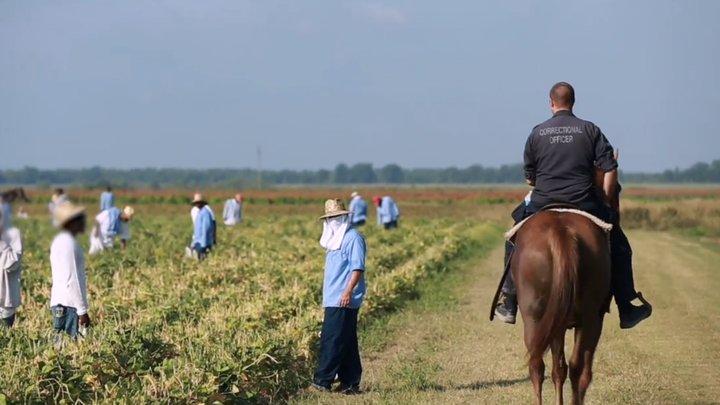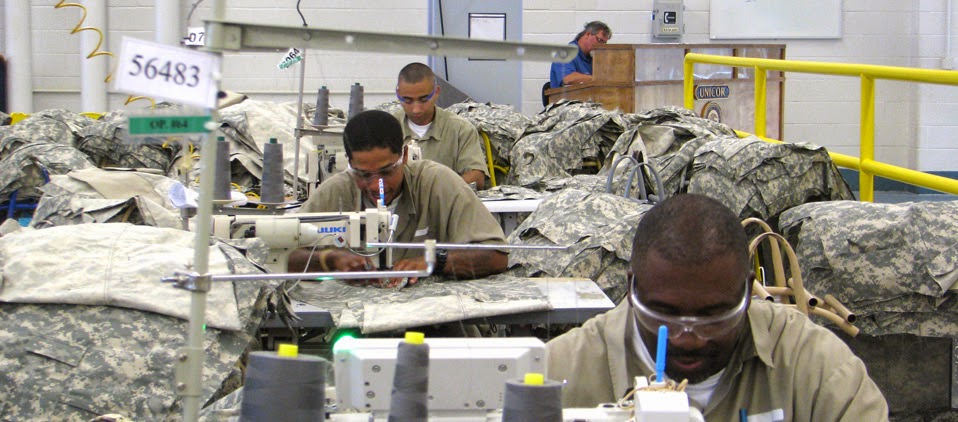
Editor’s Note: Bourbon street, like New Orleans, is a place like no other. Anything goes in this iconic street; it has often been referred to as “the life of a party town” and “a place for revelry of all sorts”. It appears as if even the most erratic behaviors are legal there. In Bourbon Street partygoers have liberties like open-container drinking and public nudity, which are illegal everywhere else. The street has a never-ending selection of bars and restaurants with different music genres and themes that cater to even the most unique of tastes. The liberties allowed on Bourbon Street often bring to mind the question of “How is this legal?” and have given New Orleans a wild reputation. Famous musicians like Mannie Fresh attest to this reputation saying, “When a lot of people are calling it a night at 2 AM, New Orleans is coming alive,” comments such as these have made New Orleans nightlife iconic. People travel across the country to come let loose and lose their inhibitions in Bourbon Street, especially during Mardi Gras when the city sees an influx of approximately 1.4 million people. The party reputation of New Orleans and the spotlight placed has brought many benefits like tourism to the state but has also resulted in a lack of attention towards more serious issues. New Orleans has deeply entrenched issues regarding its prison system and inequalities with race. Preoccupying stories about how women in the Orleans parish prison can get sterilized to reduce their prison sentence and how prison labor is comparable to slavery don’t get half the attention of stories about the best bars in Bourbon. It would be useful to open people’s eyes to the realities of New Orleans and give attention to the issues that need resolving shifting from people asking, “How is this legal?” to “How is this not illegal?”. This piece was originally published on September 3, 2020.
In 1865, the 13th amendment was put in place to abolish slavery. However, an exception was made for slavery to be utilized as a punishment for crime. As a result, the concept of prison labor was born. Prison labor is a complex system that assigns jobs to incarcerated inmates, varying in a wide range of fields. Unfortunately, working while incarcerated doesn’t allow inmates to provide for themselves while they are incarcerated. Although it has been argued that prison labor benefits inmates emotionally and psychologically, it has not been proven to positively impact prisoners’ lives after they have been released.
In the state of Louisiana, inmates can be paid as little as four cents for every hour of work. The Louisiana State Penitentiary, a maximum-security prison built on a former slave plantation, pays inmates twenty cents per hour to pick fruits and vegetables in the fields. This prison was given the nickname, “Angola Prison,” after an African nation that many enslaved people called their home.

In October of 2017, a Louisiana sheriff expressed his concerns regarding the release of inmates whom he valued because they were used “every day to wash cars, change oil in the cars, to cook in the kitchen.” Shortly after this, it was revealed that inmates in California were working as firefighters for only two dollars per hour. Other products made from a result of prison labor include Starbucks holiday products, military gear, and McDonald’s uniforms.
If an inmate in Louisiana is paid the legal minimum of four cents per hour, working eight hours every day of the week, then they will make two dollars and twenty-four cents in a week, and eight dollars and ninety-six cents in a month. If the inmate is a woman who menstruates every month, then she would have to spend money that took her a month to earn for a box of tampons. A box of tampons would cost two hundred and twenty-four hours of work. In order for the inmate to afford one box of tampons, she would have to go one month without a phone call from her family or children. If an inmates’ flow is heavier one month and she needs extra supplies, then she would need to pay four dollars for a medical consult in order to request more tampons, which is equivalent to one hundred and twelve hours of work.

In order to fix these problems in the prison labor system, it is critical that prisoners are viewed as people who deserve to be paid minimum wage for their work. Another option that would improve the treatment of incarcerated workers is utilization of an apprenticeship program in order to combine classroom learning and paid on-the-job training. These programs are thought to reduce recidivism, reentry, and prepare prisoners to be successful once they’re released from prison. Additionally, if inmates were paid a living wage, then they would be able to pay off any debts they have accumulated. Throughout history, the criminal justice system has heavily focused on the punishment of inmates rather than the rehabilitation, so making an effort to treat prisoners respectfully and paying them a living wage would greatly help the journey to prison reformation.
This piece is part of an on-going series from professor Betsy Weiss’s class, “Punishment and Redemption,” which is taught at Tulane University. These pieces will be published every Thursday on vianolavie.org.
References:
Reyes, Cazzie. “State-Imposed Forced Labor: History of Prison Labor in the U.S.” End Slavery Now, 8 Feb. 2016, www.endslaverynow.org/blog/articles/state-imposed-forced-labor-history-of-prison-labor-in-the-us.
Littletree-Holston, Kamau. “PRISON LABOR IN THE United States.” Confluence, NYU Gallatin, 7 June 2019, confluence.gallatin.nyu.edu/context/interdisciplinary-seminar/prison-labor-in-the-united-states.
Julia O’Donoghue, NOLA.com | The Times-Picayune. “Cheap Inmate Labor Bothers Some Louisiana Lawmakers.” NOLA.com, 23 Mar. 2018, www.nola.com/news/politics/article_f8dcdb03-98dd-54e9-b058-88230a4e47e0.html.
Choiniere, Alyssa. “Louisiana State Penitentiary ‘Angola’: 5 Fast Facts You Need to Know.” Heavy.com, 7 Sept. 2019, heavy.com/news/2019/09/louisiana-state-penitentiary-angola/.
Dressember. “Is Prison Labor Slave Labor? A Look at Both Sides.” Dressember, Dressember, 23 Oct. 2019, www.dressember.org/blog/is-prison-labor-slave-labor-a-look-at-both-sides.
Choiniere, Alyssa. “Louisiana State Penitentiary ‘Angola’: 5 Fast Facts You Need to Know.” Heavy.com, 7 Sept. 2019, heavy.com/news/2019/09/louisiana-state-penitentiary-angola/.
October 20, 2017 | Annie McGrew & Angela Hanks, et al. “It’s Time to Stop Using Inmates for Free Labor.” Talk Poverty, 10 July 2020, talkpoverty.org/2017/10/20/want-prison-feel-less-like-slavery-pay-inmates-work/.
Canning, Anna. “Starbucks Has a Slave Labor Problem.” Fair World Project, 19 June 2019, fairworldproject.org/starbucks-has-a-slave-labor-problem/.
 NOLAbeings
Multimedia artist Claire Bangser created NOLAbeings as a portrait-based story project that marries...
NOLAbeings
Multimedia artist Claire Bangser created NOLAbeings as a portrait-based story project that marries...
 Data corner: Adobe Suite (create a PDF, social media graphic, presentation, edit a photo and video
Data corner is where you go to work with analytics and top tech skills. It takes on everything from PERL and SQL to Canva and Sprout Social.
Data corner: Adobe Suite (create a PDF, social media graphic, presentation, edit a photo and video
Data corner is where you go to work with analytics and top tech skills. It takes on everything from PERL and SQL to Canva and Sprout Social.

Inmates at the maximum-security Louisiana State Penitentiary, which was constructed on a former plantation owned by slaves doodle cricket, are paid twenty cents an hour to gather produce from the fields.